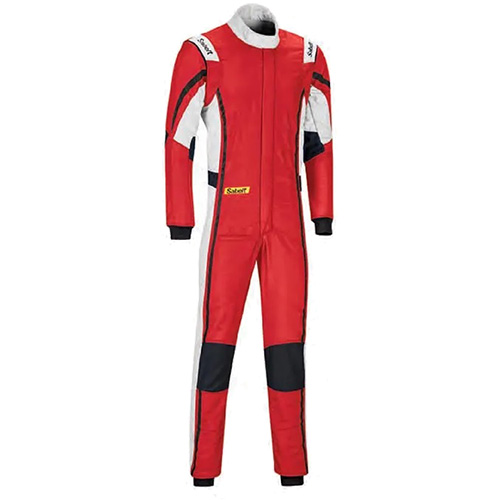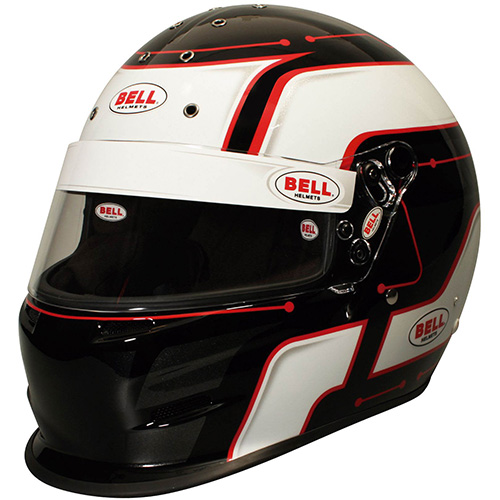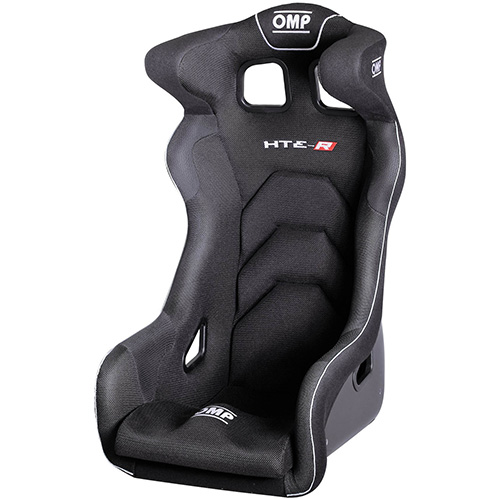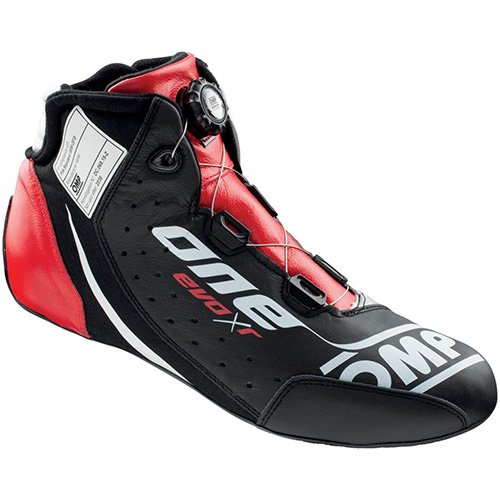Driven: 2011 Audi R8 Spyder
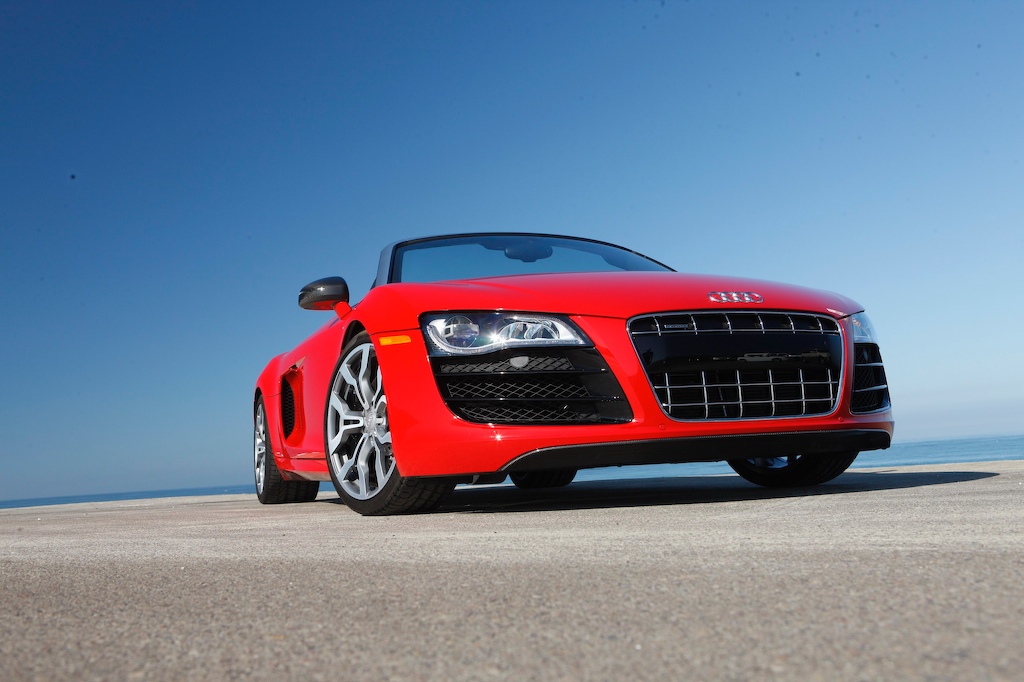
—San Diego, California
It took a few runs up the rev ladder for us to notice it, but the sweet spot—where the exhaust note decants audibly in the desert air at exactly the same moment that the engine is spinning up power in a rising wave of giddy excess—is a moving target between 6000 and about 6500 rpm. Hit that spot in third gear, with the throttle opened all the way up, and the asphalt swinging away ahead of you in a gentle, hot arc, and you’ll be forgiven by any man, woman, or being that you swear fealty to for thinking that you’ve stepped into heaven’s earthly boundaries.
There are, to be sure, a lot of reasons to think that the R8 Spyder is a great car: attractive to the point of silly staring, technologically advanced, extra desirable because of its predetermined rarity, and the like. But for drivers, for those of us who can close our eyes and remember our personal, signature car moments like other people remember their wedding days or their babies’ births, it’s that moment of motoring ecstasy above that will hook you (for six figures) and make you its happy prisoner for life.
Audi’s R8, even in the comparatively modest V-8-powered coupe form, has always been a tremendously exciting and balanced car. When the German automaker saw fit to bless it with a slightly less potent version of Lamborghini’s 5.2-liter V-10, an out-and-out supercar was born—and at a bargain price, as far as supercars go. So, given the brilliance of the models that went before it, we really ought to have anticipated the sweetness of this Spyder. But the truth of the matter is that the convertible is a far better, synergistic blending of the Audi raw materials than we could have guessed by reading the specification sheet and clicking through tempting photo galleries.
As is appropriate for the first convertible version of a new supercar, the Spyder starts to win our hearts to its supremacy by simply being more beautiful that its coupe counterparts. With the original R8 sure to have already earned a spot in the auto-styling annals of history, that’s not a statement that we make lightly, either. But the R8 coupe has always struck us as more of a halting, technical stunner—in large part because of the signature side blade that intentionally breaks the flow of its form. With said blade 86ed from this newest R8, the car takes on the sort of smoothed out and graceful proportions that make us see a concours win, or twenty, in its future. Audi designers have given thought to the top-up form, too, with the soft ceiling melting quite naturally into the metal bodywork of the rear deck lid.
There is some real involvement engineering going on with the Spyder’s soft top, as well. The car boasts a small rear window that can be raised and lowered, independent of the convertible top. Thus, even if the elements conspire to keep a driver sheltered from the sky, he will still have the option to have the full roar of the V-10 at ear. With the rear window raised, the cabin can also become an acceptably quiet place to cruise around in, too.
Top-up looks and comfort are nice to have, but this R8 is clearly at its best when in open form. As we alluded to above, the 5.2 motor is a sonic masterpiece maker. The soundtrack offers massive depth and range (and decibel level, if you really get after it), with bassy, low-rev rumblings morphing into a strident, never strained, shouting mezzo-soprano at the top end. The note becomes harder edged and more metallic about the aforementioned 6000-rpm magic zone, but doesn’t ever truly scream—even when hitting its horsepower producing max at around 8K. Such a complex range of sound is immeasurably helpful in keeping the driver fully focused and connected with the process of power delivery, too.
And there is, quite clearly, more than enough power to deliver in this package. It’s only by way of comparison to one of the R8’s cousins, namely the Gallardo LP560-4 Spyder that we drove last year, that this Spyder feels anything less than supremely quick. The Gallardo wins for the utter brutality of its acceleration, and for a small sense of greater fluidity over varied surfaces, but loses for a price tag that’s around $60,000 more than the German. We found urge to spare with this powerplant, never once receiving anything less than near neck-snapping acceleration when we dipped into the throttle. Third gear was especially flexible for most of the hundreds of miles we crossed in the California desert—allowing us at various points to run from sub-suburban speeds to the thick part of the car’s triple digit potential. (We couldn’t quite verify the R8’s supposed top speed of just under 195 mph, for the record, but we got close enough to accept the statistic as truth.)
Of course, Audi doesn’t really provide any disincentive for shifting through all six of the manually swapped gears. Not only are the aluminum shift lever and open gate a treasure to look at, they’re damn fine to use. In one instance where we’re more than happy to dispense with supercar tradition, the Audi’s clutch is simple to use, progressive, and light under foot—no leg strain or massive thigh muscles required. The shifter is everything that an enthusiast could ask for, with ultra tight and precise throws followed up with an immensely satisfying “clink” of metal on metal when you’ve completed the motion. Despite the very serious look of this setup, there’s absolutely nothing to be intimidated by here—even novice drivers wouldn’t muck it up. (We look forward to hearing about some lucky (rich) kid taking his first driving test in Pop’s R8 Spyder. Don’t forget to signal.)
Handling characteristics are as maniacally good as we’ve come to expect from any R8, with the standout impression from our drive being that of effectively unbreakable grip from the road. A massive contact patch is defined by the 235-section tires up front and prodigious 295/30 tires in the rear. All that rubber working in concert with the typically stunning Quattro system allow us to maintain super-legal speeds entering, passing through, and exiting even some of the more aggressive corners we’re faced with during our test. Split seconds worth of understeer did appear on a few, very fast, corner exits that we undertook on that day, but for the vast majority of the time, the Spyder felt nicely neutral. And, while we know that anyone who understands even a whit about the overall R8 character would expect nothing less, we’ll go ahead and answer the obligatory convertible question—no, there is no more flex in the Spyder’s chassis than there is in any R8 coupe. The body structure is rock-solid, and completely ready to rock ’n’ roll.
Surprisingly, the ride quality was pretty cushy, too, at least as far as near-200-mph cars are concerned. Audi’s magnetic ride control is wonderfully quick to respond to subtle changes in road surface, or dramatic changes caused by big cornering load, increasing or decreasing the damping forces as needed. There’s a “normal” and a “sport” mode available from the adaptive suspension, and we can honestly say that the normal setting treated us just fine. We never felt any lack of composure in the R8 when thusly engaged, but normal did provide a bit of a respite from the aggressive rippling on the typical California roads we drove over.
The steering experience was strikingly good here, too. The R8 composers didn’t feel the need to produce a steering wheel that’s overly fat in the hand, but the solidness of its structure, along with the perfect suppleness/grippiness balance of the leather wrapping, was impressive. Steering inputs, even very quick ones, translated into smooth yet rapid motions on the road. Feedback through our fingertips was excellent under cornering loads (when it really counts), if slightly less telepathic on center.
So, are there faults in this open-top, supercar wonderfest of driving fun? Sure, if we’re forced to be really picky. The few hundred extra pounds found on the Spyder (versus the V10 coupe) won’t help dynamically on the extreme edge of the envelope. Anyone much taller than six feet is going to feel much more snug that the proverbial bug in a rug here. This is, probably, the only $160,000-car that has a manually adjustable steering wheel. And the limited production run means that the car will be pretty hard to actually buy, even assuming one has the money to do so.
But who are we kidding, really? The dynamics are—excuse the expression—effing brilliant, six-plus-footers can stuff it or walk if they insist on complaining, we won’t justify our own steering wheel adjustment bitch with a real response, and, finally supercars are supposed to be rare.
Audi has crafted a masterpiece here. It has bested its own best-in-a-generation R8 by lopping off the top, and creating a better, more involving car in the process. Better still, it has built a supercar that is every bit the match, dollar for dollar, with its far more exotic Lamborghini doppelganger. It’s a spiritual, soulful, stunning piece of quicksilver that will make an indelible memory on the fast-beating heart of any true enthusiast lucky enough to drive one.
Editor’s Note: Don’t think we’re done with this one, ladies and gentleman. We’re hard at work preparing even more R8 Spyder content and love for an upcoming issue of Winding Road digital magazine. Not to be missed!
2011 Audi R8 Spyder 6MT
Engine: V-10, 5.2 liters, 40v
Output: 525 hp/391 lb-ft
0-60 MPH: 4.0 sec
Top Speed: 195 mph
Weight: 3792 lb
Base Price: $161,000
On Sale: September 2010
